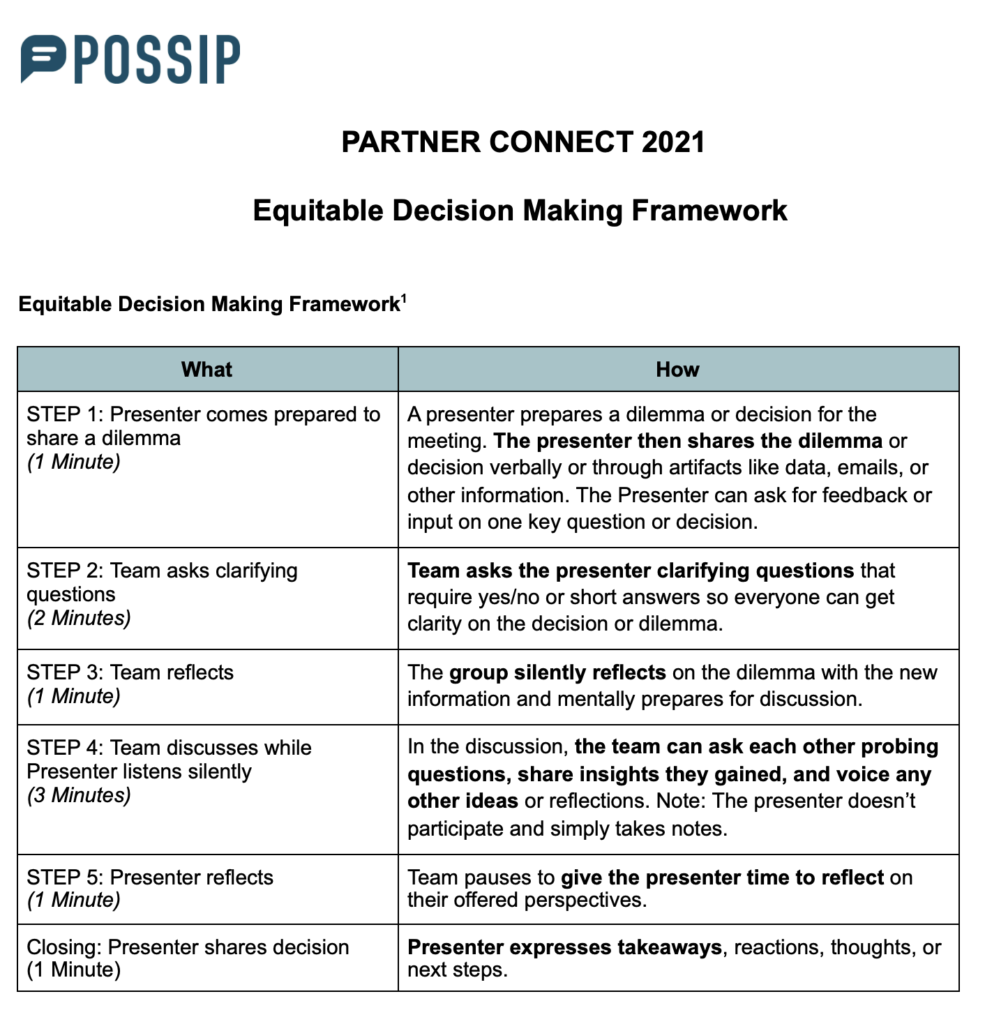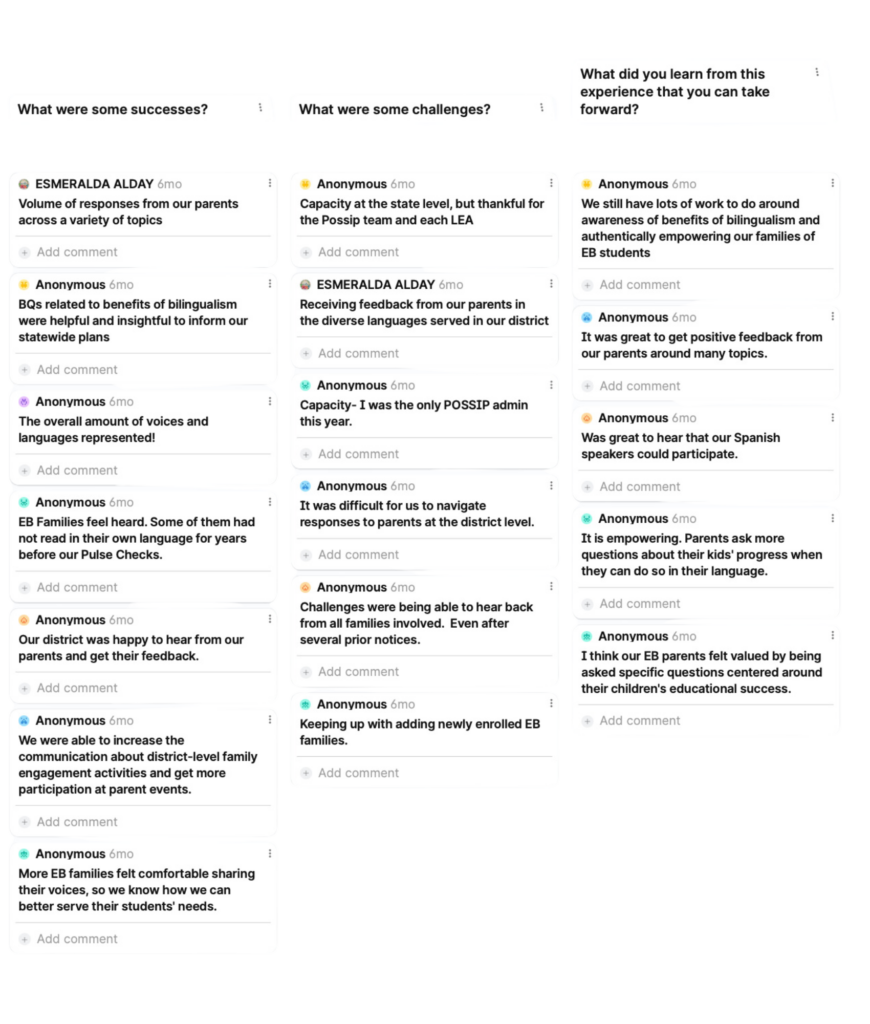Savannah, a current Possip reporter and former educator, shares ways to combat the “The Great Resignation” and retain teachers.
The Great Resignation – Teacher Solutions
The nature of COVID-19 inevitably changed our day-to-day lives while simultaneously asking us to reflect and reprioritize.
Our social circles grew smaller. Masks became something we grabbed along with our car keys and wallets before leaving the house. Many of us who once worked in offices or schools were suddenly working remotely from our own homes. Some, unfortunately, lost their jobs due to the nature of the pandemic, while others chose to willingly walk away. The US Bureau of Labor Statistics recently announced that during the month of August, 4.3 million Americans quit their jobs .
Teachers and educators sacrificed a lot this past year. They deserve our best thoughts for engaging – and keeping them.
This massive exodus within the workforce is now being called “The Great Resignation”. This statistic includes many industries, education being one of them. In fact, one in four teachers considered leaving their job during the 2019-2020 school year, according to Rand Corporation.
For as long as I can remember, I’ve wanted to be a teacher. After earning my Bachelor’s in English and Master’s in Education, I was finally ready to enter the classroom. During the fifth year of my teaching career, I was teaching 11th and 12th grade AP English and receiving high-performing scores. I was the ELA Content Lead and the Upperclassman Grade Level Chair. I was supporting DEI and school culture, and leading a weekly club called Courageous Conversations Club. Along with many teachers, I too was swimming in student debt, struggling to pay my medical bills, and feeling incredibly overworked. I was one of many teachers who decided to step away from the profession. Not because I didn’t want to teach. In fact, I loved my job. However, the work itself no longer outweighed the exhaustion and stress, so I decided to step away.
This then begs the question, how do we maintain high teacher retention rates amidst the pandemic? While trying to ease teacher workloads and show teachers appreciation are thoughtful, this systemic issue requires a larger response. Here are a few topics we think are important conversation starters when thinking about ways to retain teachers:
Rethink Compensation
According to the Department of Education’s National Center for Education Statistics, the average salary for teachers during the 2020-2021 school year was $63,645. While this may seem like a livable wage, it’s important to consider that most teachers spend a significant amount of their own money on classroom and student resources. Medical bills, student loans, child care expenses, and additional unexpected costs make this wage rather unsustainable long-term, especially in a single-income household.
There are few teachers who work 40-hour work weeks. The one hour a day that’s reserved for planning five hours of lessons is not enough. Then of course there’s the grading, parent contact, and daily duties that add to a teacher’s workload. Teachers are fundamental to the system of education. They not only teach the necessary curriculum but also how to think, how to grow curious. Teachers are caretakers, mentors, and support systems. If we are to truly think about changing the education system and want to prioritize teacher retention, we must rethink compensation. While this may feel overwhelming, continuing to advocate for higher teacher compensation within your district and state matters. Stay informed about bills for education funding. Also, considering creative ways for teachers to make a more substantial income. This could be a great way to retain teachers!
Staff Shortage Coverage Ideas
In a recent Possip Pulse Check, one of our partner schools asked the question, “what is the one thing you want to take off your plate that would help you focus on daily student growth?” While the results varied, “subbing” was a common trend. Given the national shortage of teachers, it’s incredibly difficult to find substitutes, leaving many schools forced to ask teachers to substitute during their designated time off. This results in teacher burnout.
If you do need teachers to cover for staff shortages, consider compensating teachers for their time. Consider asking for a volunteer list of teachers rather than creating a “batting order” with the entire staff. If you need a teacher to fill in unexpectedly, consider alleviating one of their other additional duties or responsibilities.
Rethink Team Connections
When teachers are already feeling overwhelmed, additional tasks, meetings, or to-do’s can feel exhausting. Team bonding or community events that normally feel light-hearted and intentional can suddenly feel taxing. Consider investing in teachers by canceling unnecessary meetings. Limit team collaboration time and make it focussed and intentional.
After spending an entire day making decisions and supporting students, taking time after school to brainstorm or problem-solve can feel like a burden, even if it is intentional. While PD and Team Time is usually meaningful and serves as a designated time to prioritize teachers’ voice, COVID has undeniably changed the way teachers relate to this set-aside time. This does not mean we should cancel all meetings, or completely exclude PD. However, we should be mindful of what we ask of teachers.
Ways to retain teachers is a difficult and sensitive topic, especially because there are many factors that are out of our control. However, teachers are speaking. They are telling us what they need: more staff, higher compensation, sustainable workloads, etc. While we may not be able to meet all of these requests today, thinking strategically about how we can create change matters. Using tools like Possip that empower teachers to share their voices is one way to gather feedback in order to support our teachers. We are so grateful for all of our teachers!
The post How to Retain Teachers appeared first on Possip.

 Be present and appreciate the little things
Be present and appreciate the little things  Seeing challenges as opportunities
Seeing challenges as opportunities Be intentional about your inputs
Be intentional about your inputs  Celebrate and encourage positive self talk
Celebrate and encourage positive self talk  Spend time with loved ones and do things you love
Spend time with loved ones and do things you love